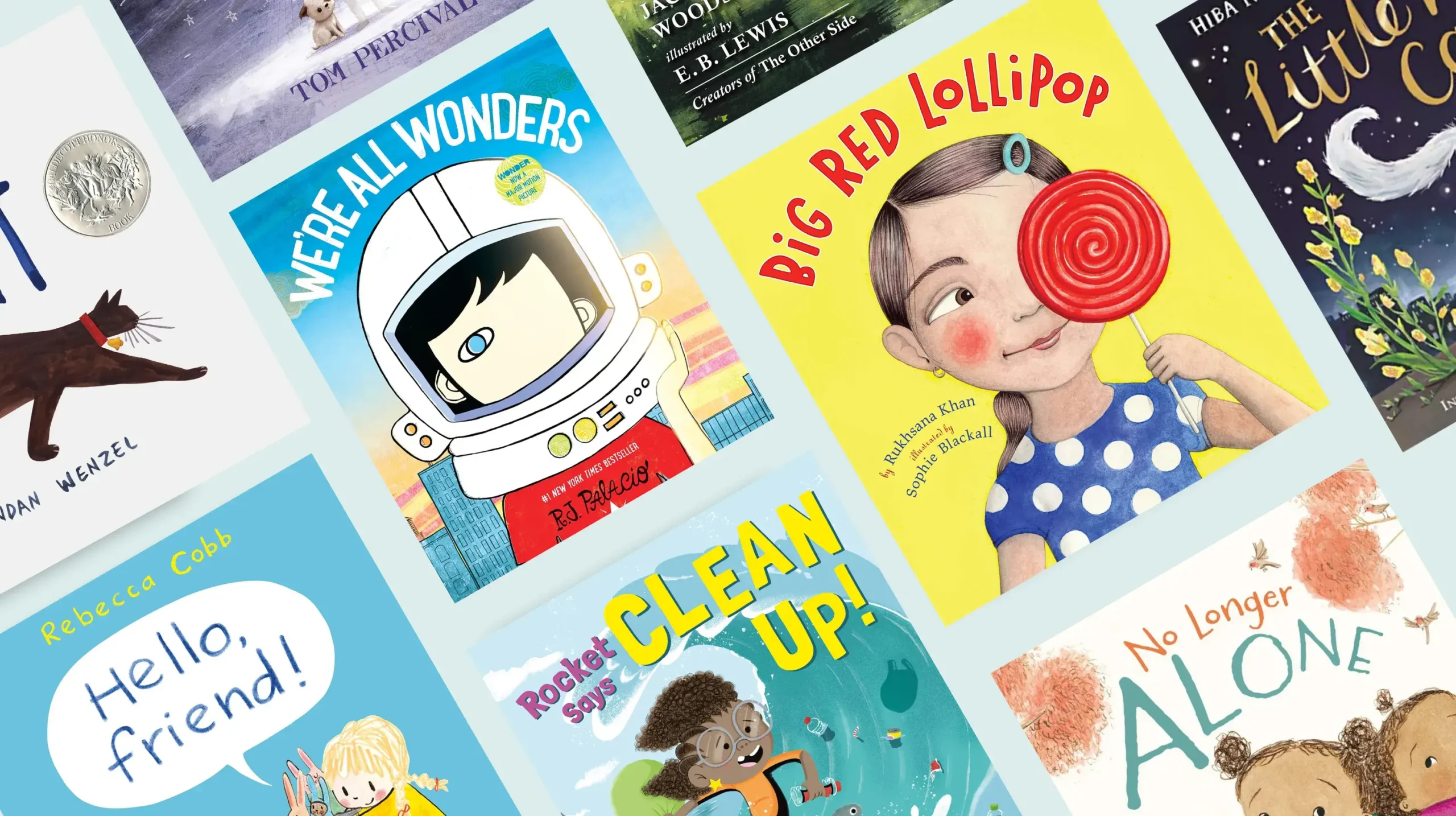Want your kids to be kind, compassionate, and open-hearted? Then you’ll be pleased to know emotional intelligence, including empathy, is learnable. As parents, there’s a lot we can do to model and teach it to our children—from showing them how we engage with others in daily life to imaginative role play games. Still, there’s no one-and-done way to teach empathy to kids. It’s a gradual process, and (as parents can testify) younger children don’t always find it easy to understand others’ perspectives, put words to feelings, or react compassionately. Which is where kids’ books that teach empathy come in.
Books, especially story books, are powerful tools for building empathy skills. To quote Neil Gaiman, “Fiction gives us empathy: it puts us inside the minds of other people, gives us the gifts of seeing the world through their eyes.” And for younger readers, picture books—through subtle interplay of words and illustrations, or even illustrations alone—can distill complex emotional ideas without feeling prescriptive or labored. Best of all? They often spark enlightening conversations around feelings.
Like the idea of including books for empathy as part of your child’s reading? From true stories to playful explorations in perspective and deeply moving tales, our list of empathy books for toddlers and preschoolers has got you covered.
Which children’s books about empathy sound good to you? Have a suggestion to include in our list? Let us know!


